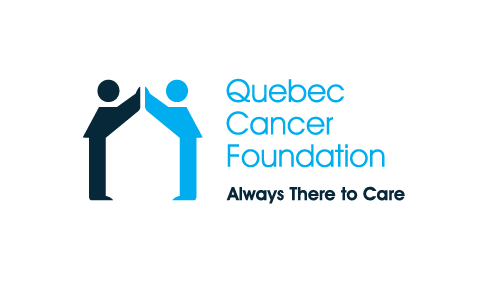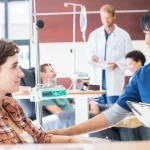Hair loss (alopecia)
Hair loss is a common side effect of some chemotherapy; onset usually occurs after two or three weeks of treatment.
In the case of radiotherapy, hair loss only occurs in the area treated with radiation, but with chemotherapy it can occur all over the body. Hair loss may be gradual, barely noticeable, but can also occur abruptly. In any event, it is a hard experience to endure.
The hair usually grows back after treatment is completed. As it is growing back, the texture and colour may be different. It may sometimes be thicker and stronger than before. These effects are usually temporary; the hair will resume its previous appearance after a while. Despite this reassurance, hair loss is often experienced, very understandably, as an attack on personal integrity that adds to the anxiety already felt about coping with the illness. Most people treated with chemotherapy nevertheless consider hair loss to be a reasonable price to pay in exchange for a remission of the disease and the hope of a cure.
Helpful hints
- Caring for the hair and scalp:
- Use a very mild shampoo and conditioner to untangle hair.
- Wash your hair every four to seven days;
- Rinse your hair thoroughly and gently pat dry with a towel;
- Avoid using electric dryers, styling rollers, curling irons, elastics, hair clips and clamps;
- Avoid hair colouring as far as possible; otherwise, use a plant-based dye. At the end of chemotherapy, it is recommended that you wait at least six months before applying your usual dye. You may also continue using a vegetable dye;
- Never use permanents;
- Keep your hair short.
- Ways to slow hair loss:
- Avoid brushing your hair vigorously;
- Use a satin pillowcase or antistatic tissue on the pillow to reduce friction against the scalp;
- Wear a hairnet to bed;
- Learn about the methods used by the medical team to reduce the effects of certain chemotherapies during treatment sessions.
- Ways to minimize the impact of hair loss:
- Wear turbans, scarves and hats to conceal hair loss. Harmonized with the rest of your outfit, these accessories can be attractive;
- Sign up for a “Look Good Feel Better” workshop to help you choose headwear, or for makeup tips;
- Shop for a wig before the start of treatment. Choosing the colour and style will be easier before hair loss begins. However, the presence of hair can make the fitting more difficult, even impossible. In this case, a photograph can be useful in helping you choose;
- Give importance to choosing a wig; if it is flattering, it will be as pleasant to wear as a new article of clothing. Visit several places where wigs are manufactured and sold to compare value, comfort, weight, after-sales maintenance and repair services, ease of upkeep at home, etc.
- Ask someone you know who understands how important this purchase is for you, to accompany you.































